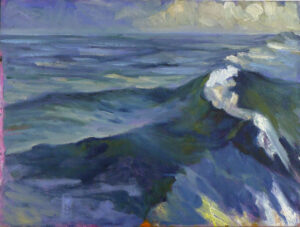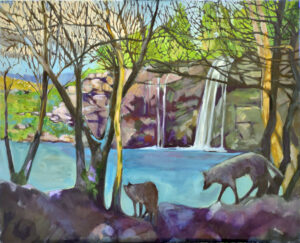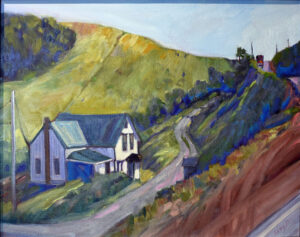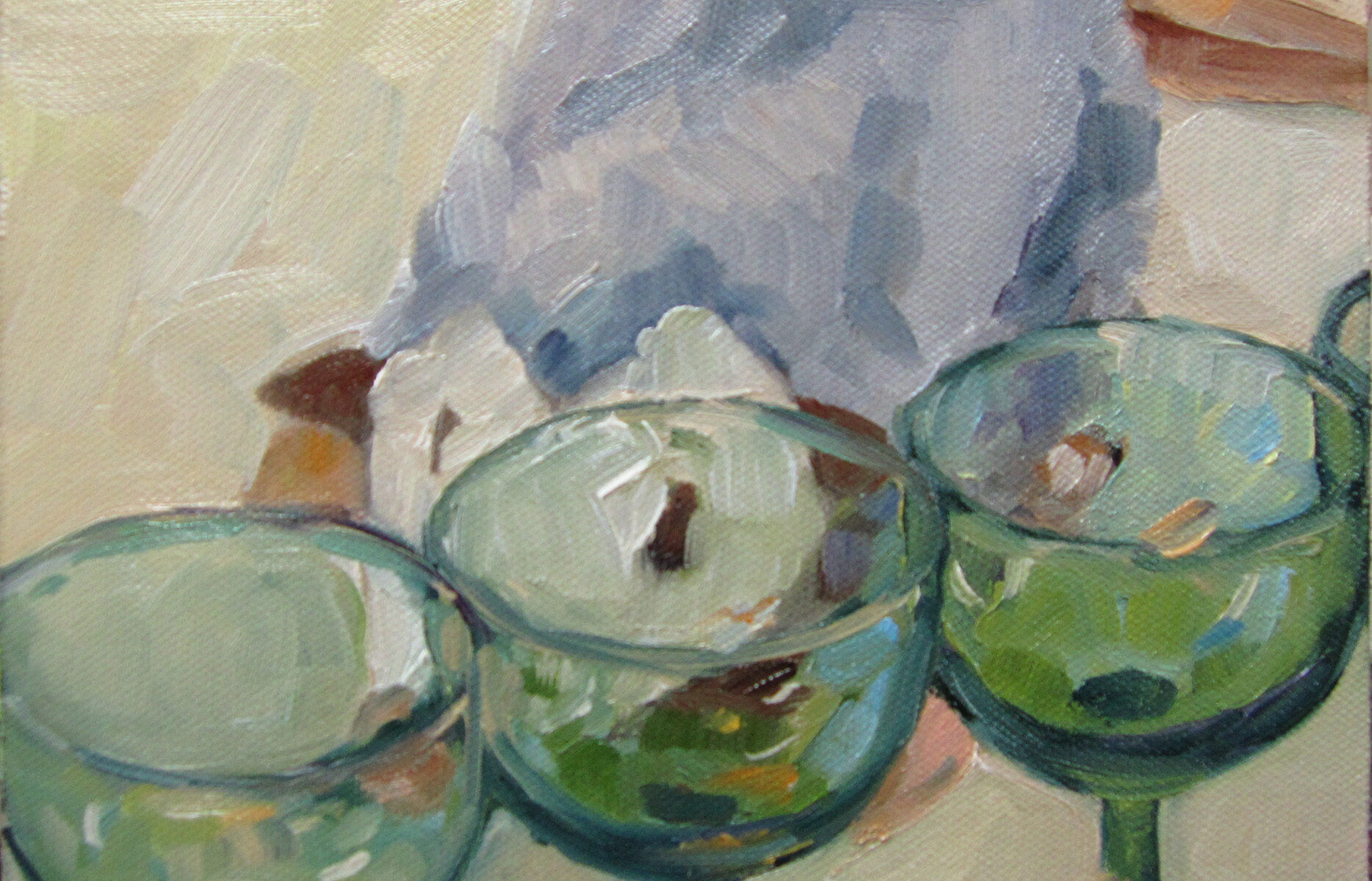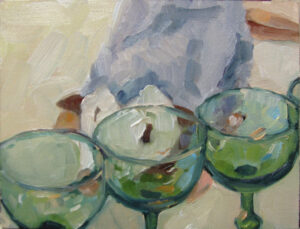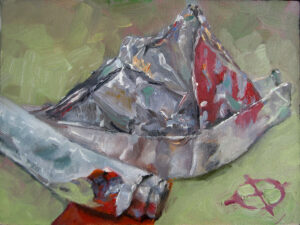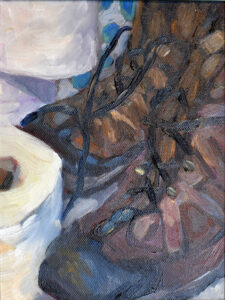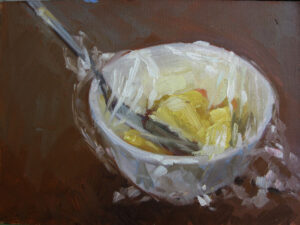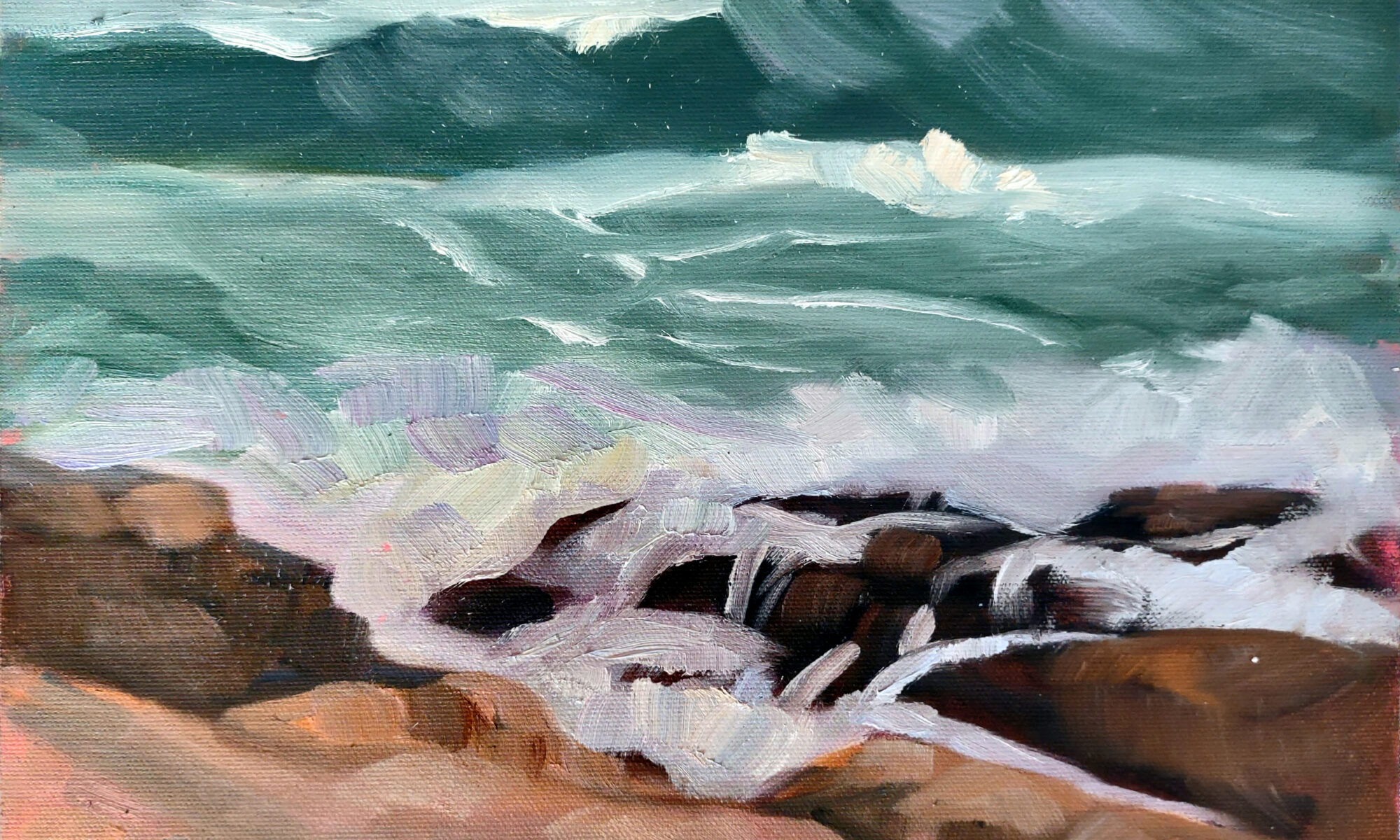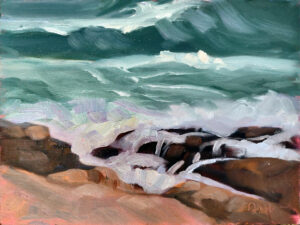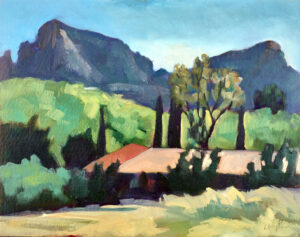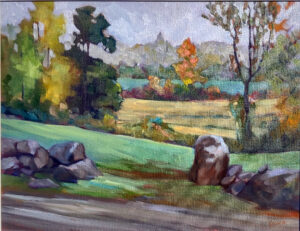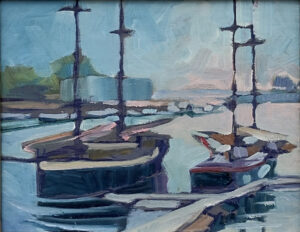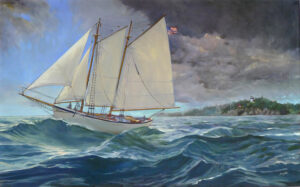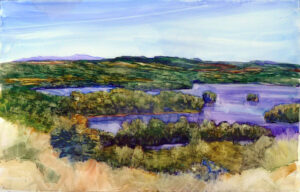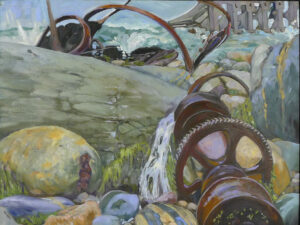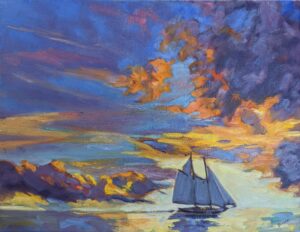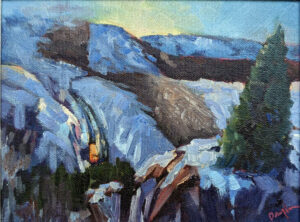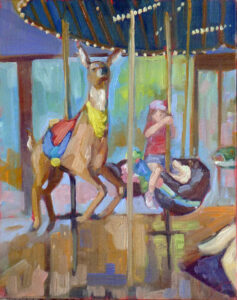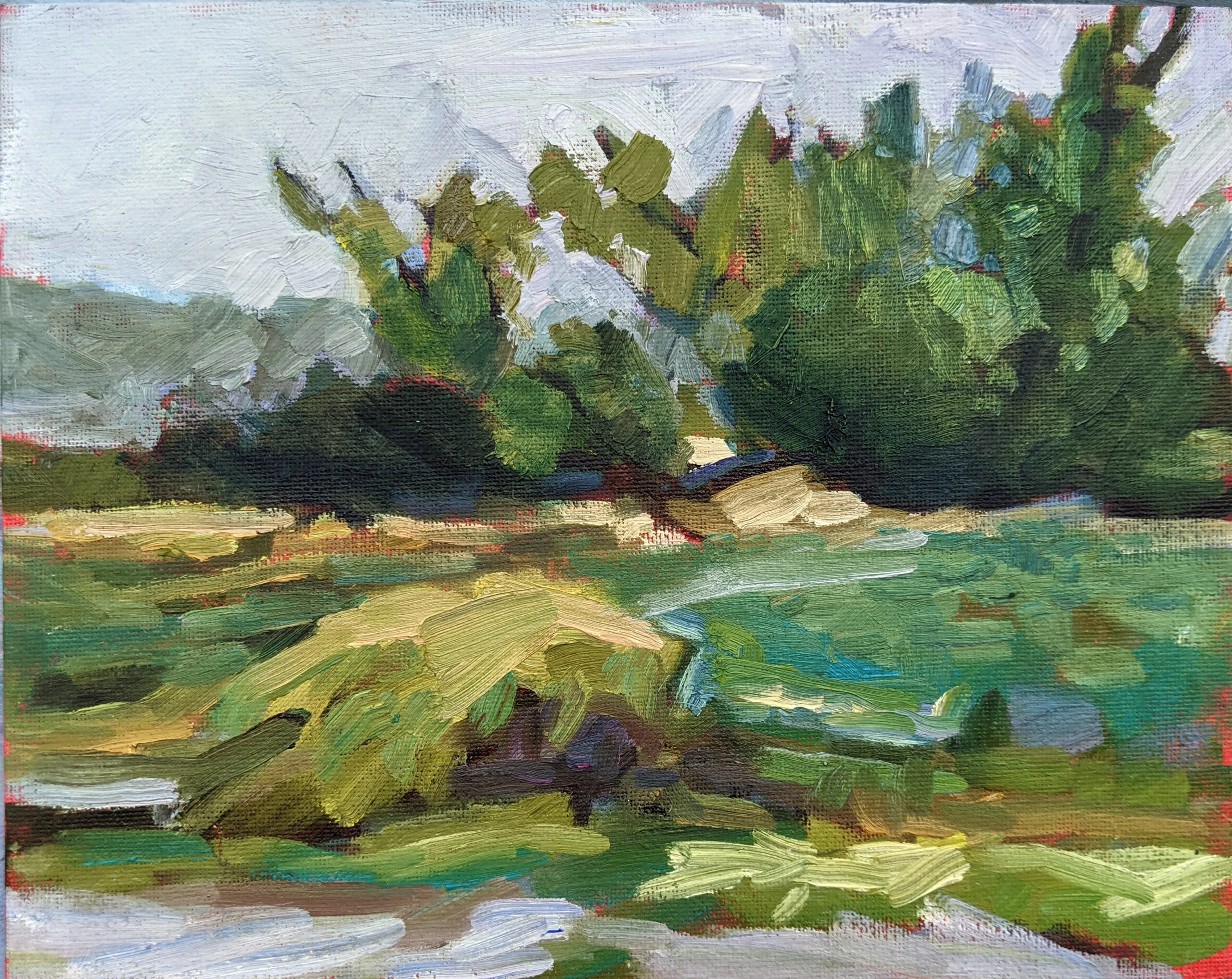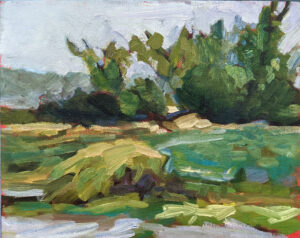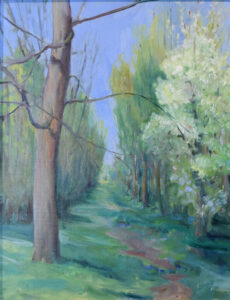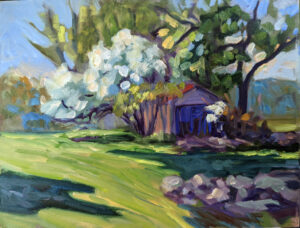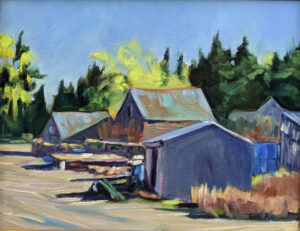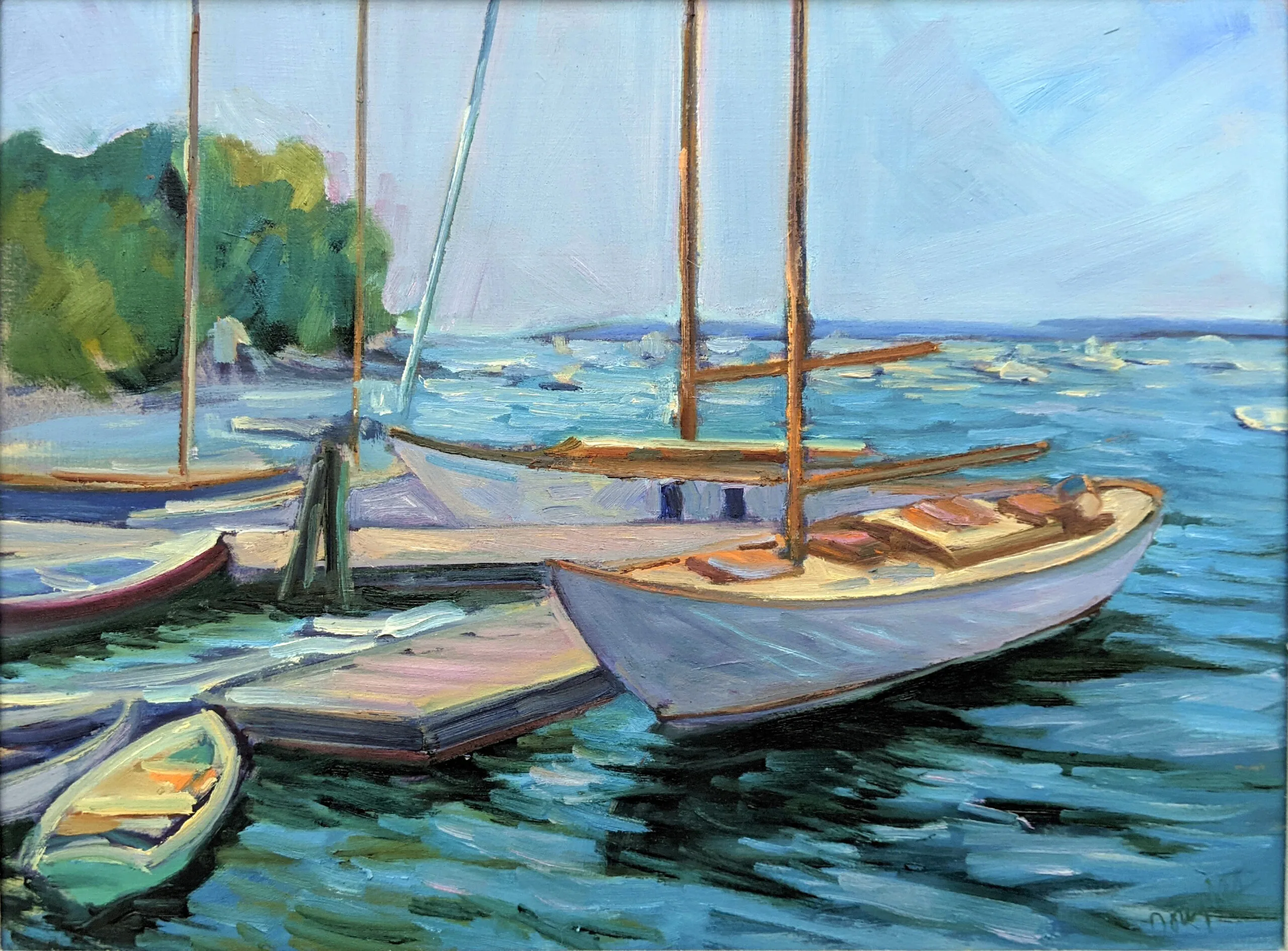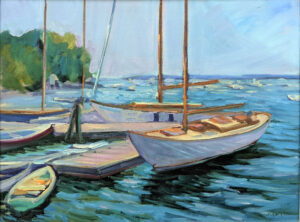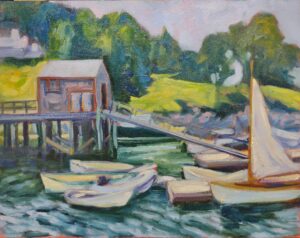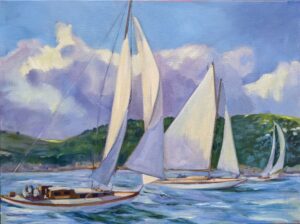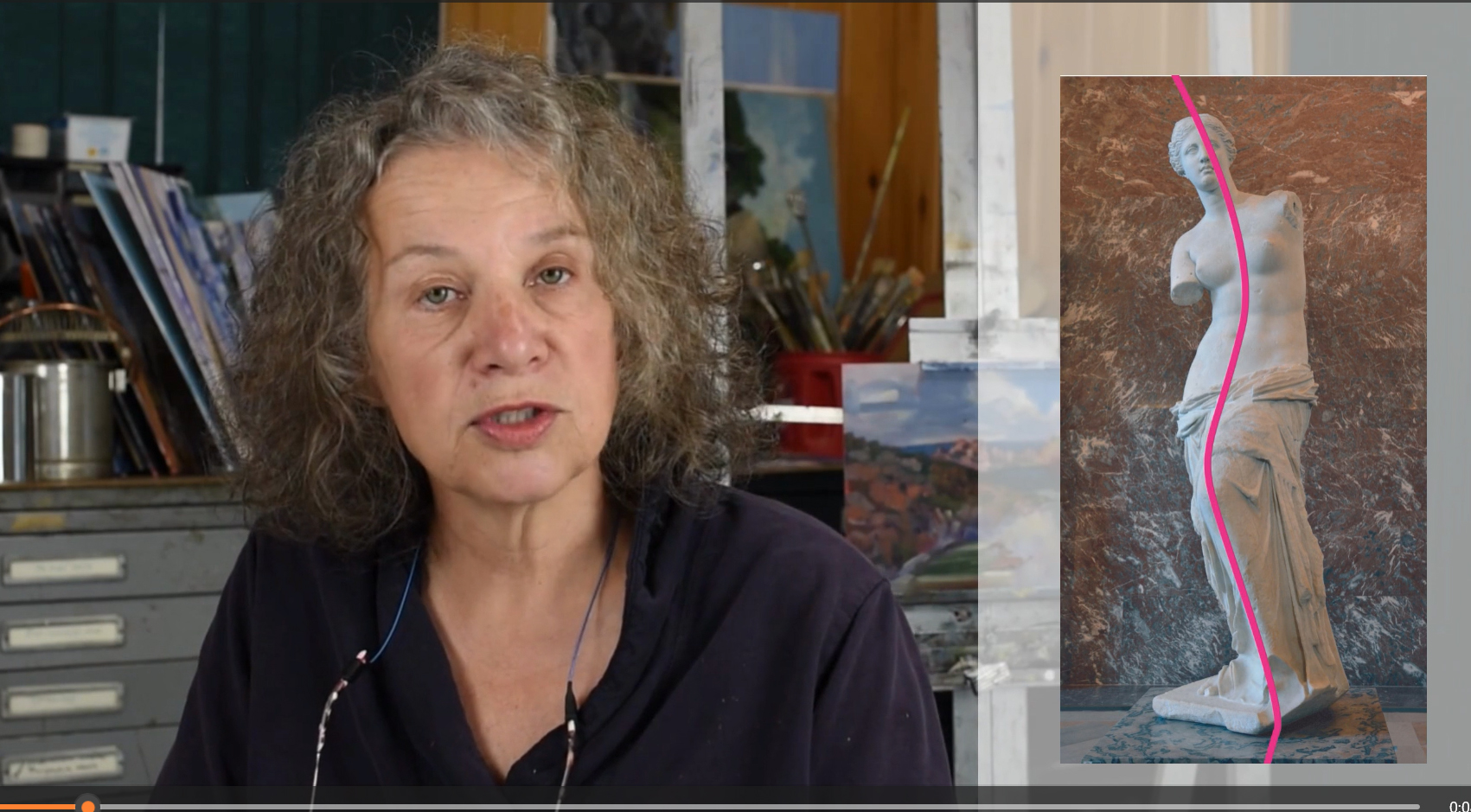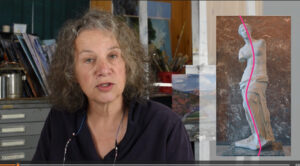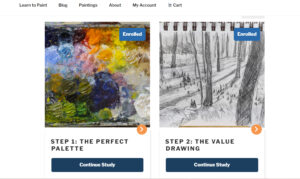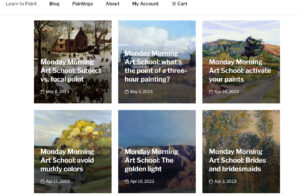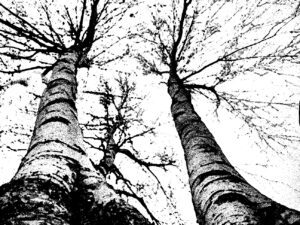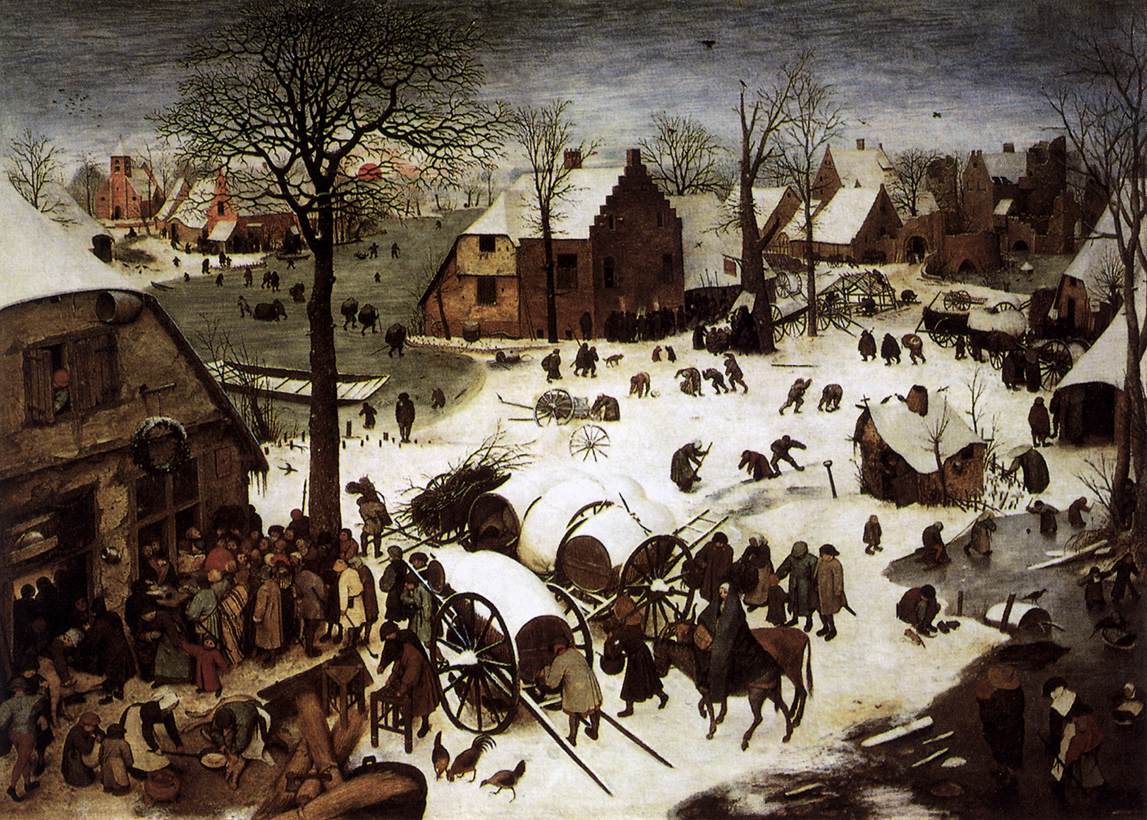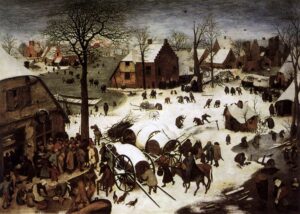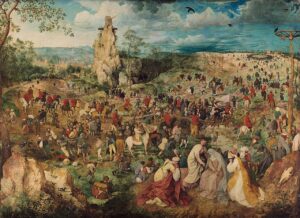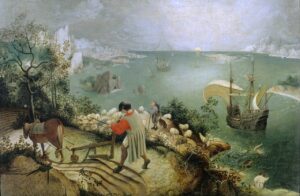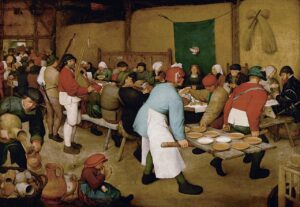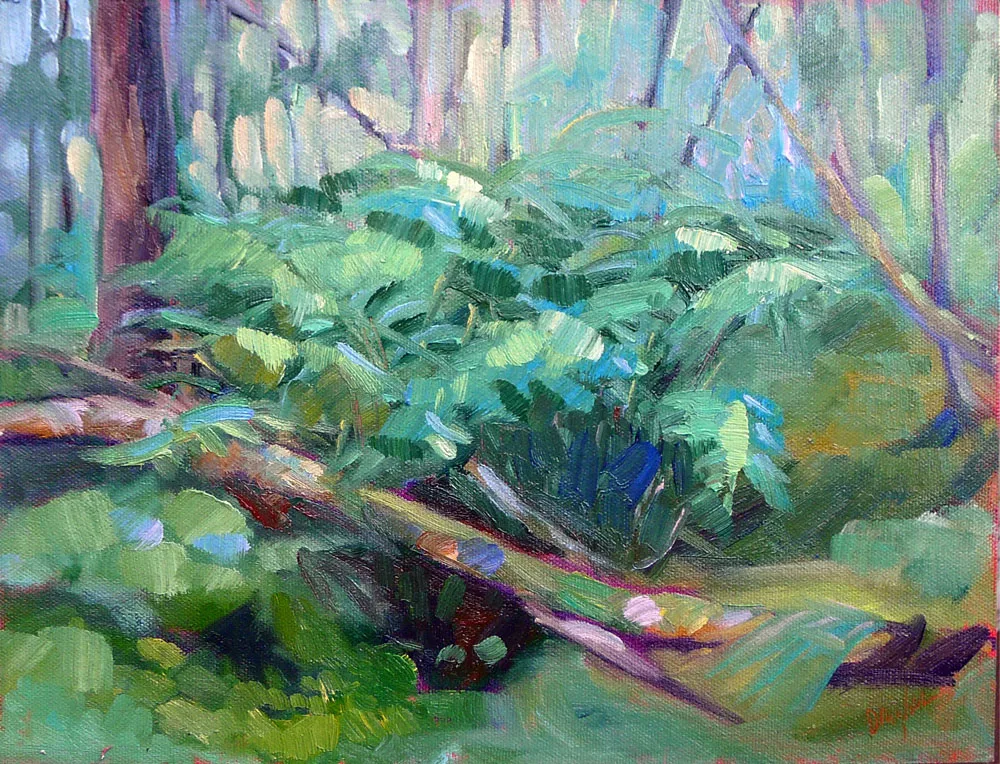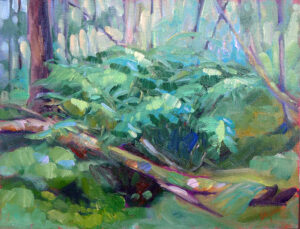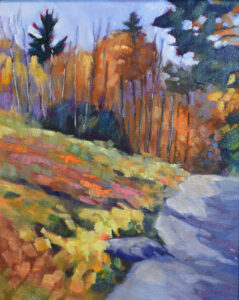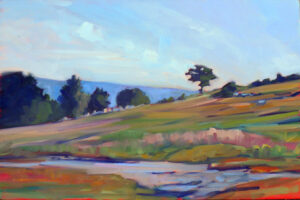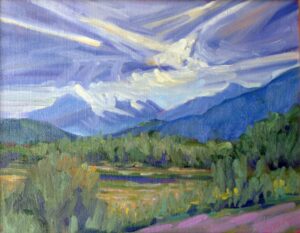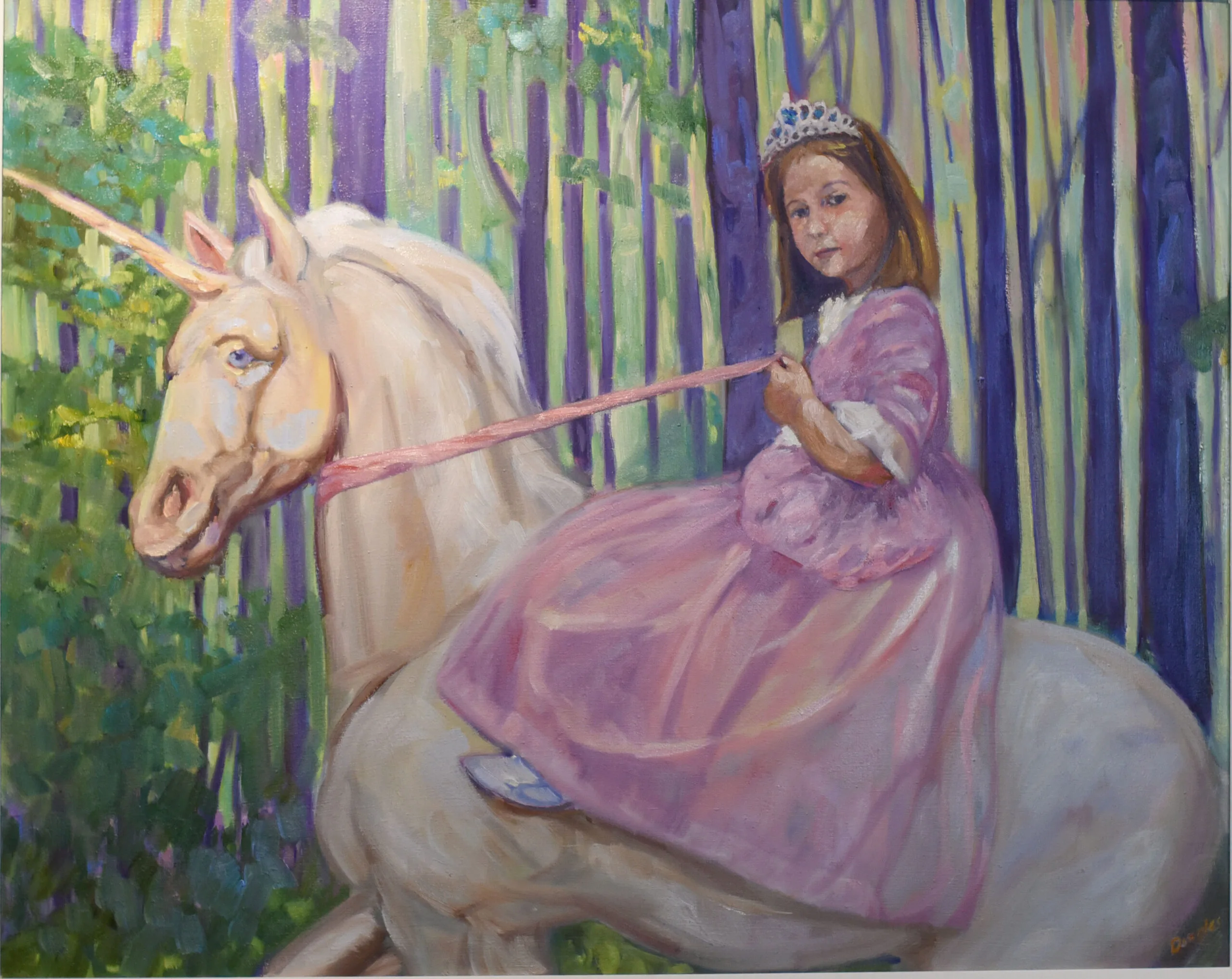
One of my friends, a professional artist, was working out a problem in a plein air painting when a car slowed down. He’s used to the attention of bystanders, which can sometimes take weird forms. But even he was surprised when, after a long pause, the driver said, “I’m not trying to be mean, but I could paint that in ten minutes.”
People can say the stupidest, cruelest things without even realizing it. Twenty years ago, I had an art opening where nothing sold. Someone who really should have known better said, “You gave it the old college try but maybe it’s time to get a real job.”
That’s not to say that people can’t have opinions. For the uninformed, art generally comes down to, “I don’t know anything about art, but I know what I like.” There’s nothing wrong with that; it’s as valid a judgment as that of the most self-important art historian.
But sometimes people forget that they’re talking to fellow human beings. Or about human beings, in the case of the sotto voce ‘witticisms’ when they think you can’t hear. It would be nice if they were, well, nicer.
It’s easy to step back from unfounded criticism when it happens in forums like classes, art groups and workshops-you can just take a temporary or permanent break. It’s more difficult to deal with unsolicited criticism. It has a way of blind-siding you.
There’s something to be said for keeping an open mind. Even hostile feedback can provide valuable insights. It’s just that the hurt takes so long to recede that it can take years for us to appreciate the nugget of truth underlying the snarkiness.
Every person we come across in life approaches us with their own preferences, hurts, defenses and biases. Often the harshest critics of art are the ones who know the least. When I was young, my list of ‘painters I don’t like’ was far longer than it is now. The more I know, the more I appreciate other approaches.
The first time I had a work reviewed in a newspaper, it received an awful panning. “Immature color palette” and “I don’t know why it is in this show” were the two general ideas. I called my friend Toby and wept on her shoulder. Now I realize the reviewer had an ax to grind (long story). That’s every bit as baseless as the uninformed insult, and far more damaging.
Experts say that we should see criticism as an opportunity for growth, a spur to improve. I’m 64 years old and I’m not quite mature enough yet.
Instead, I’ve learned to lean on my friends when I’ve had a knock-out blow. There are a few of them who are perfectly willing to lie to me. They’ll tell me that the juror who didn’t pick me was an idiot, even when he obviously wasn’t. It may not be true, but it helps me survive to fight another day.
If your posse isn’t made up of loyal, supportive people like that, get yourself a new posse. Most of us can find ways to beat ourselves up without any help from others. Knowing you’re loved and valued is the greatest defense against those slings and arrows.
In the end, it’s your vision, your path, and your pace. What someone else thinks really doesn’t matter. I just keep telling myself that; sooner or later I’ll believe it’s true.
Reserve your spot now for a workshop in 2025:
- Advanced Plein Air Painting, Rockport, ME, July 7-11, 2025.
- Sea and Sky at Acadia National Park, August 3-8, 2025.
- Find Your Authentic Voice in Plein Air, Berkshires, MA, August 11-15, 2025.
- Immersive In-Person Fall Workshop, Rockport, ME, October 6-10, 2025.

